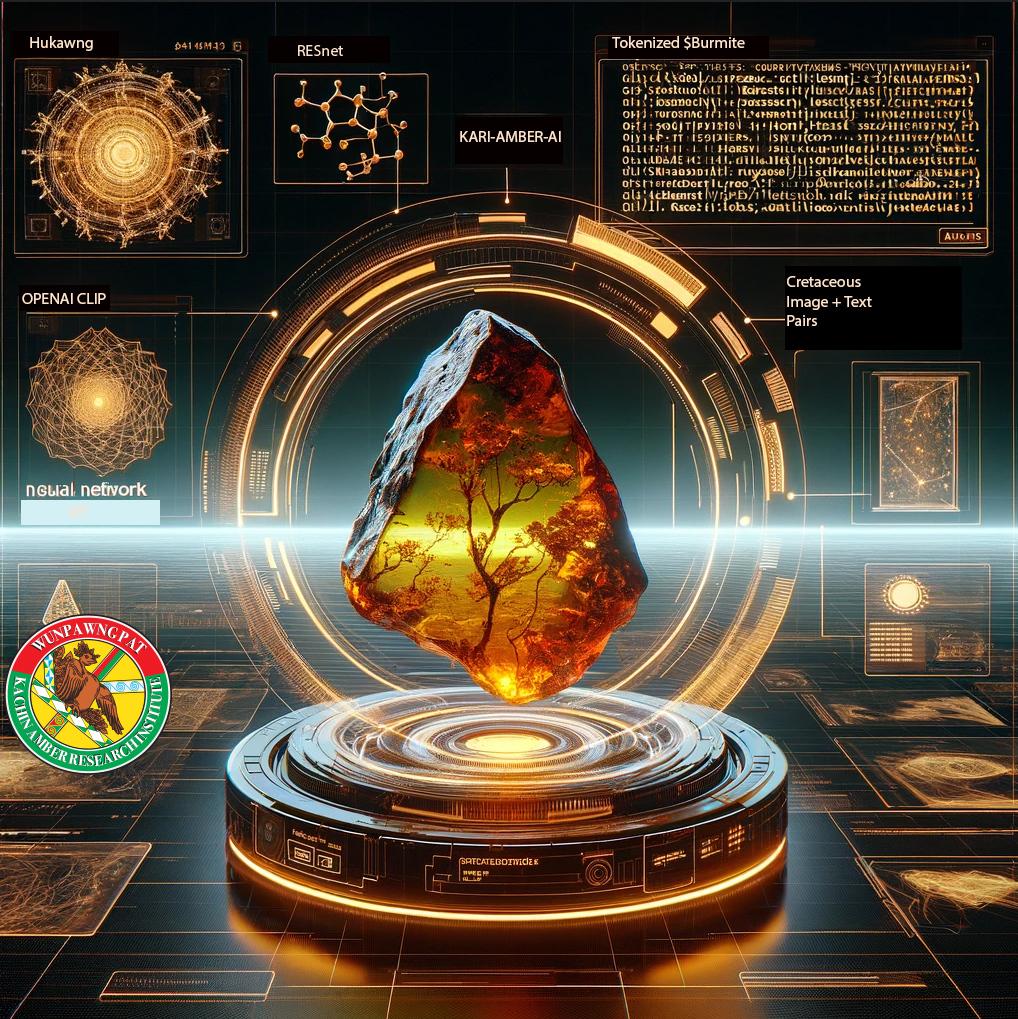
Since late 2023 the Kachin Amber Research Institute was approached by physics and mathematicians, data scientists associated with emerging artificial intelligence research in the city of San Diego, California.
The widespread adoption of Artificial Intelligence tools is gripping many industries. The Kachin Amber Research Institute recently launched an internal project to collaborate with AI researchers in America to fund and begin collating a large repository of amber images taken by internal kachin amber research specialists. These images alone are insufficient, and must be combined with thorough classification and entomological/paleontological insight.
The essential goal and drive is to combine entomological and taxonomical classifications with accompanying images of amber inclusions from the Hukawng Valley in Kachin State. Many pre-existing artificial intelligence models are not trained to much degree of accuracy to identify prehistoric organisms.
After securing a research grant our board began the first steps to collaboration with San Diego Artificial Intelligence specialists with background in training in maths, physics and chemistry from the prestigious University of San Diego. Data collection and cleaning is underway. Using OpenAI's contrasive language image pre-training, numerous neural networks including ResNet architecture for images (and others for text), tokenization and tensor creation/node comparisons are mapped out for Q3 2024 with the KARI-AMBER-AI team.
The neural network is being trained with high quality amber inclusion photographs of amber from the hukawng valley. Collection of various datasets are a work in progress; however the exact datasets and their labeling for the neural network are not public information. These image datasets are not publicly available and their eventual collation, along with millions of other images publicly available on the internet, will begin to train the model to make discerning observations.
A placement at the Kachin Amber Research Institute means contributing to Myanmar's place in the world.
August 2024 - [(REMOTE)] AI model trainer (part-time placement)
Description: Must hold a bachelors degree (minimum) in the sciences with a proven background in the field of entomology from a reputable scientific institution.